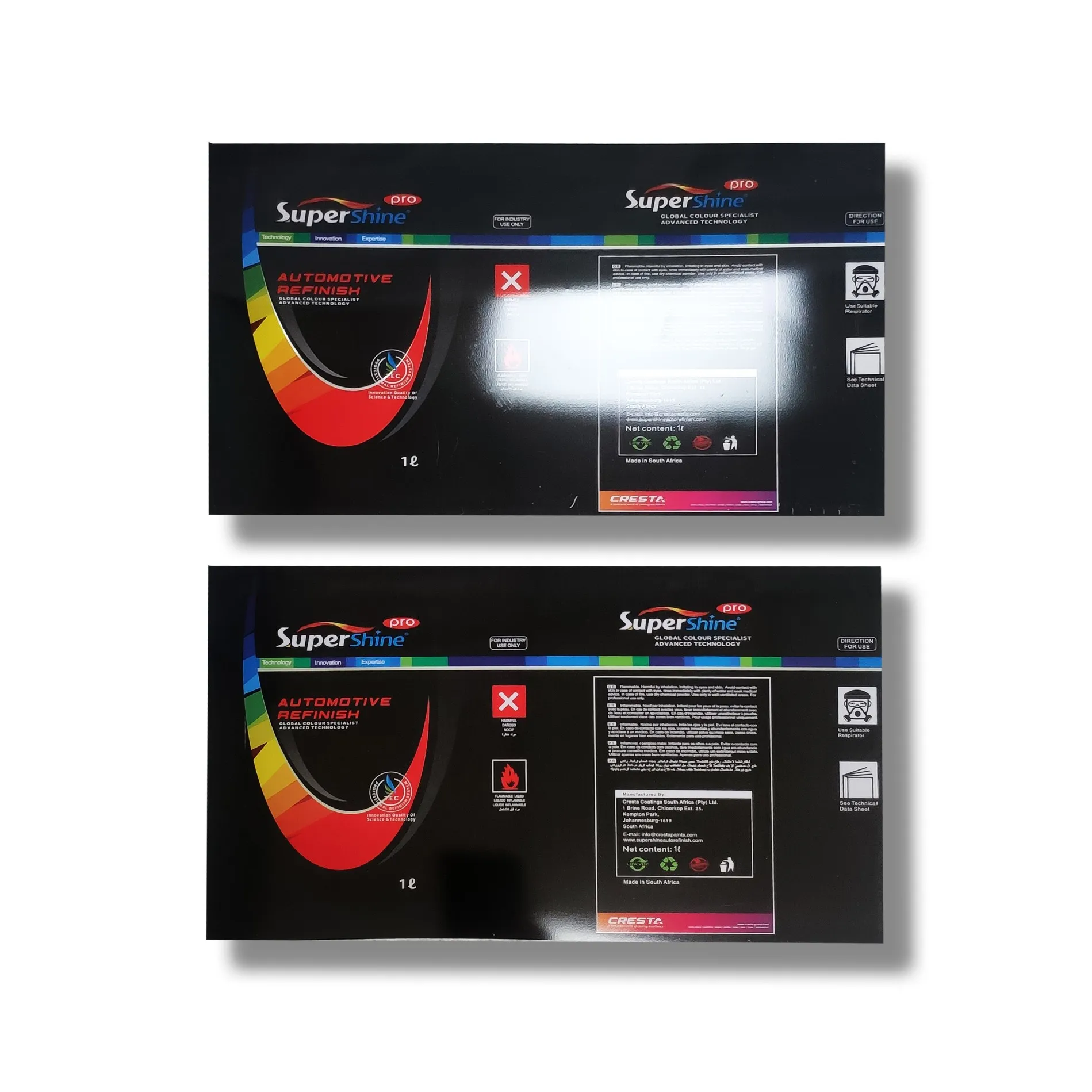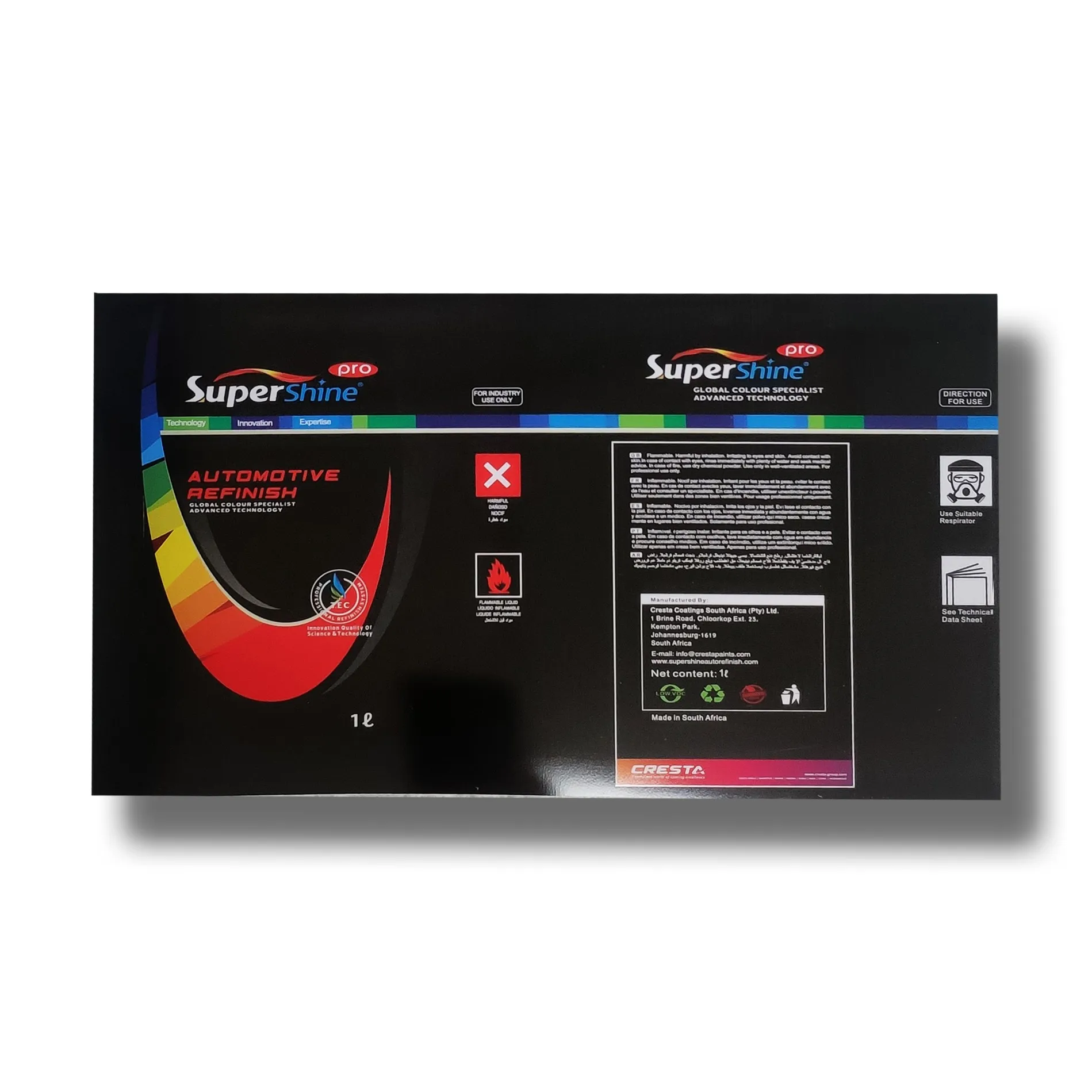As a material widely used in the packaging industry, tinplate sheet has a complex and rigorous production process. It is mainly used for the packaging of food, beverages, chemical products, etc., and has become one of the indispensable materials in modern industry with its excellent anti-corrosion performance, strong mechanical properties and good printing adaptability.
So, how is tinplate sheet made? What raw materials are needed? With these questions, this article will deeply analyze the manufacturing process and raw material selection of tinplate sheet.

What is tinplate sheet?
Tinplate sheet, also known as tin-plated iron or tin-plated thin steel sheet, is a metal composite material made of low-carbon cold-rolled steel sheet through a tinning process. Its main characteristics are good rust resistance, corrosion resistance, excellent processability and surface printability. Initially, tinplate sheet was mainly used for the packaging of canned food because its surface was covered with a thin layer of tin, which could effectively isolate moisture and oxygen in the air, prevent iron containers from rusting, and protect the food inside from contamination.
With the continuous advancement of industrial technology, tinplate sheet has gradually developed into a widely used metal material, which is widely used in packaging food, beverages, paints, chemical products, spray cans and other containers. It not only has the strength of traditional metal materials, but also improves corrosion resistance and extends service life through the tin plating layer on the surface.

How is tinplate sheet made?
Manufacturing process of tinplate sheet:
1. Manufacturing of base steel sheet
2. Annealing and surface treatment
3. Tin plating process
4. Passivation treatment
5. Surface coating
6. Cutting and forming
The manufacturing process of tinplate sheet covers multiple complex processes from the preparation of raw materials to the production of the final product. The manufacturing process can be divided into steps such as the production of base steel sheet, surface tin plating process treatment and final quality inspection. The following will introduce the manufacturing process of tinplate sheet in detail.
Manufacturing of base steel sheet
The production of tinplate sheet first relies on high-quality low-carbon cold-rolled thin steel sheet as the base material. The manufacturing process of this substrate includes three main steps: steelmaking, hot rolling and cold rolling:
● Steelmaking: The production of tinplate sheet starts with the steelmaking process, and the raw materials are mainly iron ore or scrap steel. In a high-temperature furnace, iron ore reacts chemically with coke and limestone to produce molten iron. The molten iron undergoes refining processes such as decarburization, dephosphorization, and desulfurization to further improve the purity of the steel. The steelmaking process determines the basic physical and chemical properties of steel, so it is crucial to choose the right raw materials and control the composition of steel.
● Hot rolling: The steel billet obtained after steelmaking will enter the hot rolling process through heating and rolling. Under high temperature conditions, the steel billet is rolled into a steel plate of a certain thickness. The purpose of the hot rolling process is to make the steel structure uniform and reduce the thickness of the steel plate through rolling. The steel plate after hot rolling is usually thicker and requires further cold rolling to achieve the required thinness.
● Cold rolling: The steel plate after hot rolling needs to be pickled to remove the oxide layer on the surface and then enter the cold rolling process. Cold rolling is to roll the steel plate again at room temperature to further reduce its thickness and improve the surface finish and flatness of the steel plate. In the end, the thickness of the cold-rolled steel plate is usually controlled between 0.2 and 0.5 mm, which is suitable for the manufacture of tinplate sheet.
Annealing and surface treatment
The steel plate after cold rolling has high hardness and stress, which has an adverse effect on the subsequent tinning process. Therefore, the cold-rolled steel plate needs to be annealed to restore the ductility and flexibility of the steel. The annealing process is to heat and slowly cool the steel at a specific temperature to eliminate internal stress and soften the steel plate.
After annealing, the surface of the steel plate also needs to be cleaned and passivated. The purpose of cleaning is to remove oil and impurities on the surface to ensure the smooth progress of the subsequent tinning process. Passivation treatment is to form an extremely thin oxide film on the surface of the steel plate by chemical methods to further improve the corrosion resistance of the steel.
Tinning process
The core process of tinplate sheet is tinning. The purpose of tinning is to cover the surface of the cold-rolled steel plate with a uniform layer of tin to enhance its anti-corrosion performance. The technical requirements of the tin plating process are very high. It is necessary to ensure the uniformity of the tin layer while ensuring good bonding between the tin layer and the steel plate. The tin plating process is mainly divided into two methods: hot-dip tinning and electroplating tinning:
● Hot-dip tinning: The hot-dip tinning process is to immerse the steel plate in molten tin liquid under high temperature conditions so that the tin liquid adheres to the surface of the steel plate. The hot-dip tinning process is relatively simple, with a thicker tin layer, and is usually used in occasions requiring higher corrosion resistance. However, due to the thicker tin layer, the surface finish and uniformity are relatively poor, so it is rarely used in modern production.
● Electroplating tinning: Electroplating tinning is currently the most commonly used process in tinplate sheet production. This process uses the current in the electrolytic cell to deposit tin ions on the surface of the steel plate to form a uniform tin layer. The electroplating tinning process can accurately control the thickness and uniformity of the tin layer. The tin layer is thin but has a high finish, which is suitable for high-demand packaging containers such as food cans, beverage cans, etc.
Whether it is hot-dip tinning or electroplating tinning, the tinning process requires strict temperature control and current density control to ensure that the tin layer is uniform and has strong adhesion. The choice of tin layer thickness depends on the specific application requirements, usually between 1.0 and 15.0 g/m2. Food-grade tinplate sheets generally require a thicker tin layer to provide better corrosion resistance.
Passivation treatment
After tinning, the surface of the tinplate sheet also needs to be passivated. This is a key step that enhances its corrosion resistance by forming a very thin oxide film on the tinned layer. Passivation treatment can effectively prevent tinplate sheet from oxidizing during storage, transportation and use, further improving its corrosion resistance.
Passivation treatment often uses chromic acid passivation or chromium-free passivation technology. Chromic acid passivation can significantly enhance the corrosion resistance of tinplate sheet, but because it contains harmful hexavalent chromium components, it is gradually being replaced by chromium-free passivation processes today as environmental protection requirements become increasingly stringent.
Surface coating
In order to further enhance the performance of tinplate sheet and improve its appearance, tinplate sheet after tinning is usually subjected to surface coating treatment. This process is designed to meet specific application requirements. For example, food packaging cans usually need to be coated with a harmless food-grade coating to ensure packaging safety; while chemical product packaging cans may require a higher anti-corrosion coating.
Common coating materials include epoxy resins, phenolic resins, etc., which can provide additional protection for tinplate sheets to avoid corrosion caused by contact with acids, alkalis, salts and other substances during transportation, storage or use.
Cutting and forming
After the tinning and surface treatment processes are completed, the tinplate sheets will be cut and formed according to different application requirements. Large rolls of tinplate sheets will first be cut to the appropriate size, and then machined into cans, bottle caps or other products.
The accuracy of cutting and forming is crucial to the quality of the final product, especially in the production of food and beverage cans, where the sealing and structural strength of the container need to be ensured. Common forming processes include stamping, bending, deep drawing, etc., which can process tinplate sheets into various complex shapes to meet the needs of different application scenarios.

What raw materials are needed to manufacture tinplate sheets?
Raw materials required for manufacturing tinplate sheet:
1. Low carbon steel
2. Tin
3. Coating material
4. Passivating agent
The manufacturing of tinplate sheet requires not only sophisticated process technology, but also relies on high-quality raw materials. The following are several major raw materials that are essential in the manufacturing process of tinplate sheet.
Low carbon steel
Low carbon steel is the base material of tinplate sheet. It is a steel with a low carbon content (usually between 0.04%-0.12%). The advantages of low carbon steel are its excellent plasticity, ductility and high tensile strength, which are suitable for cold rolling processing and can withstand high temperature treatment in the tin plating process.
The low carbon steel used to manufacture tinplate sheet must have uniform thickness and a flat surface to ensure that there will be no quality problems in the subsequent tin plating and forming processes. Therefore, choosing a suitable low carbon steel base material is the key to tinplate sheet production.
Tin
Tin is the main material of tinplate sheet coating. Its chemical properties are relatively stable. It can form a protective film on the surface of steel to prevent oxygen and moisture in the air from directly contacting iron, thereby effectively preventing iron oxidation and corrosion. The thickness and uniformity of the tin layer directly affect the anti-corrosion performance of tinplate sheet.
The tin used for tinplate sheet tinning requires a high purity, usually above 99%. The source of tin is mainly extracted from tin ore, and after refining, it is made into high-purity tin ingots suitable for electroplating or hot-dip plating processes.
Coating materials
According to different application requirements, tinplate sheet also needs to be surface coated after tin plating. Common coating materials include epoxy resin, phenolic resin, polyester resin, etc. These coatings can not only further enhance the anti-corrosion performance of tinplate sheet, but also provide non-toxic and harmless protection for food packaging, etc.
Different types of coating materials have different heat resistance, chemical resistance and flexibility. Manufacturers can choose suitable coating materials according to specific application scenarios to ensure the service life and safety of tinplate sheet.
Passivator
Passivator is a chemical used for post-tinning treatment. Common passivators include chromate-containing passivators and chromium-free passivators. Passivator forms a passivation film on the surface of tinplate sheet to further improve its corrosion resistance and prevent tinplate sheet from oxidation during storage and transportation.

